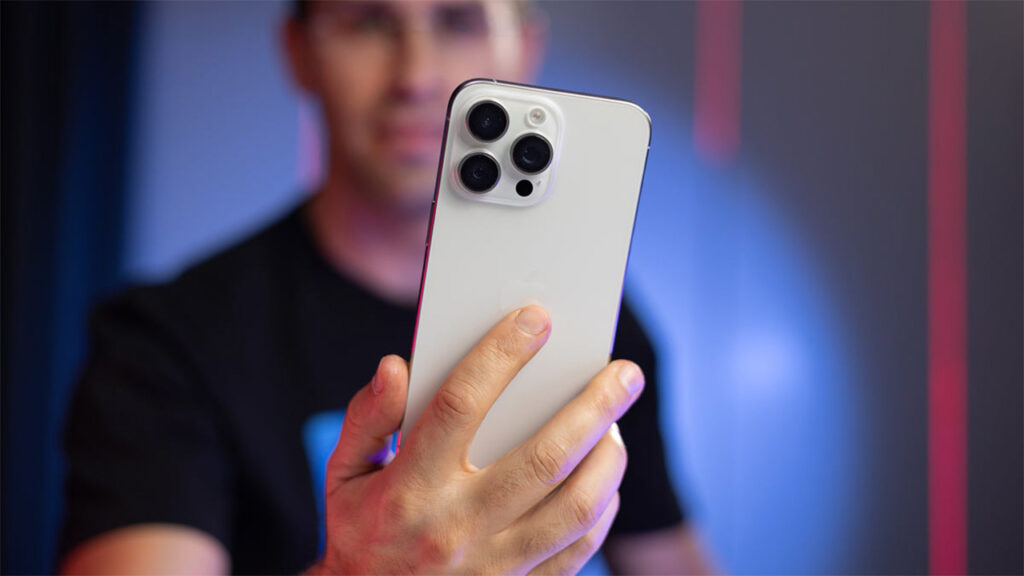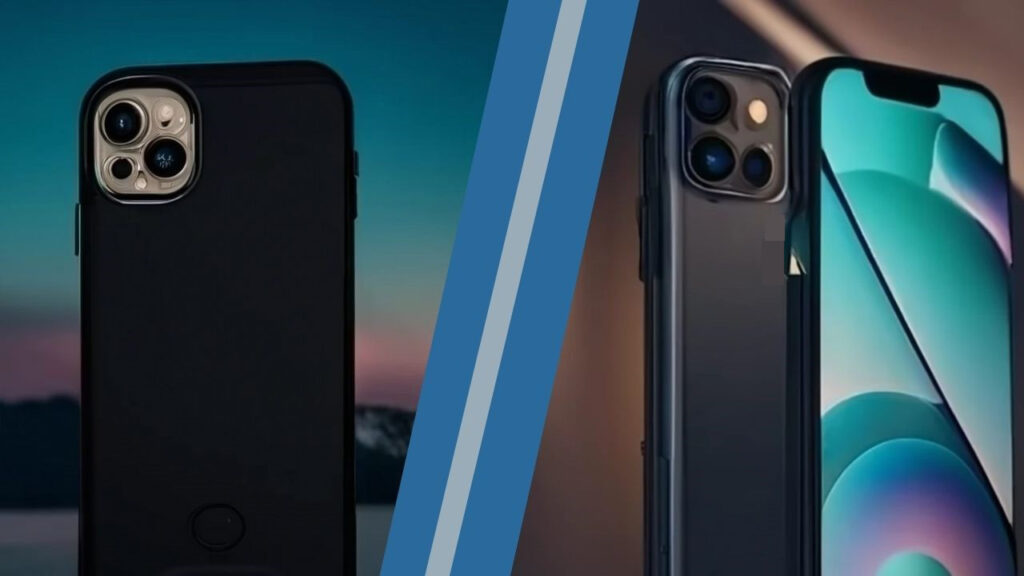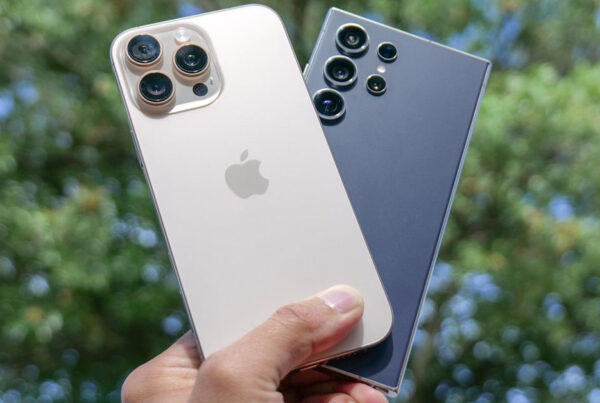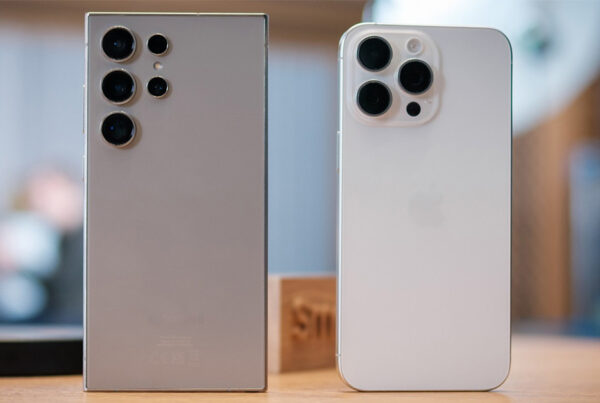The latest iPhone 15 and iPhone 15 Plus have introduced several impressive features and upgrades that set them apart from previous models. With enhanced design, performance, and functionality, both models present strong reasons for iPhone users to consider upgrading. In this guide, we’ll explore the key differences between the iPhone 15 series and earlier iPhone versions, discuss standout features, and provide insight into why upgrading may be worthwhile for many users.
Refined Design
One of the most notable changes in the iPhone 15 is its sleeker and more sophisticated design. Apple has given the new model a thinner and lighter form factor, making it more comfortable to hold and use daily. The matte finish, once exclusive to the Pro models, has now been integrated into the iPhone 15, giving it a premium feel without the high price tag of its more expensive counterparts.
The contoured edges and satin-finished back make it easier to grip, reducing the likelihood of accidental slips. This redesign is especially appealing for users coming from older models like the iPhone XR or iPhone 11, where the more glossy finishes often attracted smudges and fingerprints. For users prioritizing aesthetics and ergonomics, the iPhone 15’s design is a major plus.

Dynamic Island and Display Enhancements
The iPhone 15 has adopted the Dynamic Island feature, initially introduced in the iPhone 14 Pro models. This interactive notification center replaces the traditional notch at the top of the display, utilizing previously unused space for more functional purposes. It enables quick access to ongoing activities, such as music playback or directions, without needing to open an app.
The display itself has also seen improvements, particularly with its brightness. With up to 2,000 nits, the iPhone 15’s screen is one of the brightest on the market, making it easier to use in outdoor conditions. However, the 60Hz refresh rate may be a downside for users accustomed to smoother screens, such as those found in other premium models or Android devices.
Camera Upgrades
Both the iPhone 15 and iPhone 15 Plus come equipped with a powerful 48MP main camera. This upgrade brings a significant improvement in photo quality, especially in low-light conditions, where previous iPhone models often struggled. The camera also excels in capturing finer details and producing more natural color tones.
The camera system utilizes a combination of software and hardware to create 24MP images, blending the benefits of high resolution with low-light performance. The ultra-wide lens also provides more flexibility in capturing expansive landscapes or fitting more into a single shot.
For users who frequently rely on their smartphones for photography, the camera improvements alone may justify the upgrade. Whether capturing family moments, travel photos, or even content for social media, the iPhone 15’s camera provides high-quality, professional-grade results.
Performance with the A16 Bionic Chip
The iPhone 15 series is powered by the A16 Bionic chip, the same chip used in the previous year’s Pro models. This ensures that the iPhone 15 delivers fast and efficient performance, whether multitasking, gaming, or editing videos. While it may not have the newest A17 chip featured in the iPhone 15 Pro models, the A16 still holds up well in terms of speed and energy efficiency.
Users upgrading from older models like the iPhone X or iPhone XR will particularly notice the difference in performance. Apps load faster, and tasks such as photo editing, gaming, and even basic browsing are noticeably smoother.

USB-C Charging and Connectivity
Apple has finally made the switch from its proprietary Lightning cable to USB-C, aligning with industry standards. This change not only reduces the number of cables users need to carry but also allows for cross-device compatibility. The USB-C port also supports charging other devices, which is a handy feature for users on the go.
However, it’s important to note that while the iPhone 15 supports USB-C, its charging and data transfer speeds are slower compared to the Pro models. The charging speed maxes out at 18W, and data transfer is limited to 480Mbps, which may not be fast enough for some users who frequently transfer large files. That said, for everyday use, these limitations are unlikely to be dealbreakers.
Battery Life
Battery life is often a critical consideration when choosing a smartphone, and the iPhone 15 does not disappoint. While the smaller iPhone 15 offers up to 20 hours of video playback, the iPhone 15 Plus, with its larger battery, extends that to 26 hours. This makes the Plus model a great choice for users who prefer longer battery life and less frequent charging.
It’s worth mentioning that, although the iPhone 15 Plus outperforms the Pro Max model in battery endurance, the standard iPhone 15’s battery life is still not as impressive. For users who demand extensive screen time, the iPhone 15 Plus might be the better option.

Should You Upgrade?
Upgrading from an Older Model
If you are using an older iPhone model such as the iPhone X, XR, or even the iPhone 11, the iPhone 15 offers a significant leap in terms of performance, camera quality, design, and overall usability. The support for 5G, improved OLED display, and features like Dynamic Island and USB-C connectivity provide a fresh, modern experience.
For those with iPhone 12 or iPhone 13 models, the improvements are less drastic but still noteworthy. The introduction of the 48MP camera and the shift to USB-C charging may be compelling reasons to make the switch. Additionally, if you use your phone for content creation, photography, or extended multitasking, the performance upgrades with the A16 chip will enhance your overall experience.
Upgrading from the iPhone 14
If you’re already using the iPhone 14, the decision to upgrade becomes less clear-cut. While the iPhone 15 introduces new features like the Dynamic Island and a more refined design, the core functionality between the two models remains similar. If you’re looking for a substantial leap in performance or are intrigued by the new camera system, then upgrading may still be worthwhile.
However, if your current device meets your needs and you’re not in a rush for the latest tech, holding off for future models could be a better choice.
Final Thoughts: Why It’s Worth the Upgrade
Ultimately, the iPhone 15 and iPhone 15 Plus offer enough upgrades to make them worth considering, especially for users coming from older models. With a refined design, improved camera system, enhanced display features, and the introduction of USB-C, the iPhone 15 strikes a balance between premium features and affordability.
For those who value photography, seamless multitasking, and a sleek, modern design, upgrading to the iPhone 15 can offer a more polished and enjoyable smartphone experience. Whether you opt for the standard iPhone 15 or the larger iPhone 15 Plus, both models provide excellent value and performance that are well worth the investment.
Upgrade or Trade-in with Baycell Ready to make the switch? At Baycell, we make upgrading easy and affordable. Trade in your old devices for instant cash back or use them to upgrade to the latest iPhone 15, iPhone 15 Pro, or iPhone 15 Pro Max. We offer a range of options, from sealed to pristine and excellent condition pre-owned iPhones, giving you premium devices without breaking the bank. Whether you’re looking for a new or pre-owned model, Baycell ensures you get the best value for your tech.
4o








